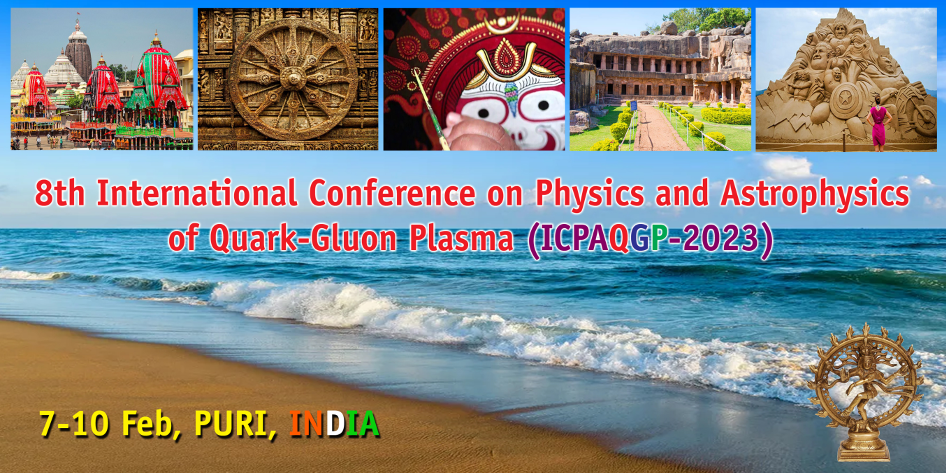The dynamics of the hot and dense quark-gluon plasma(QGP) formed in high energy heavy ion collisions is well described by the Relativistic viscous hydrodynamics formalism. In the initial stages of heavy-ion collisions, a strong transient magnetic field (10^14- 10^15 T) is also produced primarily due to the spectator protons. The dynamics of electrically conducting QGP under the intense...
We study the effect of surface tension of the phase boundary in the dynamics of an expanding fluid. A fluid at local thermal equilibrium, but has a slowly varying temperature profile, like the plasma formed in heavy ion collisions, will have rapidly varying order parameter field at the edge of the plasma where the temperature falls below the transition temperature. In the case where the
free...
Bulk matter produced in heavy ion collisions can have multiple conserved quantum numbers like baryon number, strangeness and electric charge. The diffusion process of these charges can be described by a diffusion matrix describing the interdependence of diffusion of different charges. The is estimated here from the Boltzmann kinetic theory for the hadronic phase within relaxation time...
Using the semi-classical formulation of kinetic theory, we obtain the evolution equations of the scalar and axial-vector components of the Wigner function of massive spin-half particles in the relaxation time approximation and construct the dissipative hydrodynamics to describe a spin-polarizable relativistic fluid. The relativistic Boltzmann equation is solved for the non-equilibrium...
We establish the theoretical formalism to study how the color fields in the glasma state dynamically generate spin polarization of quarks and the spin correlation of a quark and an antiquark in high-energy nuclear collisions. By utilizing the perturbative solution of the quantum kinetic theory for spin transport of massive quarks under classical color fields with dynamics following linearized...
Strong magnetic field and large global angular momentum are expected to be generated in relativistic heavy-ion collision experiments. Hydrodynamic simulations for the evolution of hot and dense QCD matter formed in heavy ion collisions would have to rely on either magnetohydrodynamics or spin-hydrodynamics formulations for calculation of observables pertaining to magnetic field or global...
The hydrodynamic evolution of a quark-gluon gas with non-zero quark masses and net baryon number is explored. For far-off-equilibrium initial conditions the expansion trajectories appear to violate simple rules based on the second law of thermodynamics. For Bjorken flow we present a detailed analysis within kinetic theory that provides a full microscopic understanding of these macroscopic...

